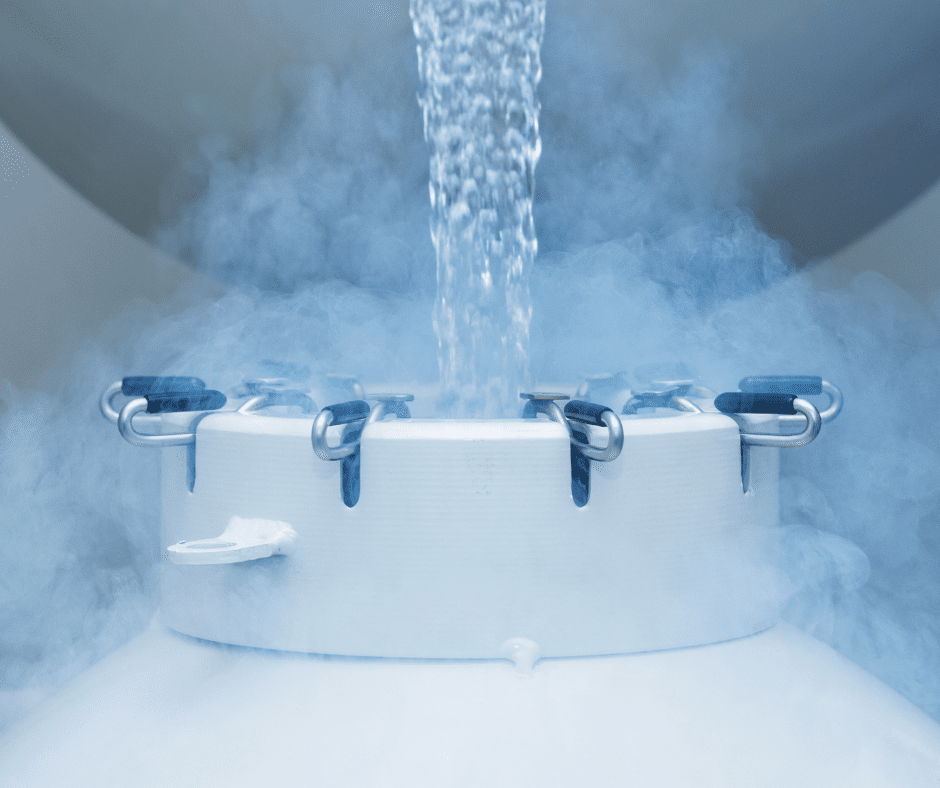The nitrogen cycle is an important part of the Earth’s natural ecology, and it plays a critical role in sustaining life on our planet. Nitrogen is essential for plant growth, as well as for the health of animals and humans. Without the nitrogen cycle, life on Earth would not exist. In this article we will discuss what the nitrogen cycle is, how it works, its importance to our environment and its impact on planet life.

We will also explore some of the challenges that arise from human activities which can disrupt this delicate balance and cause harm to living organisms. By understanding more about this vital process we can work towards preserving our environment and protecting all forms of life by respecting its delicate equilibrium.
The nitrogen cycle consists of a series of steps which involve the transfer and conversion of nitrogen from one form to another. It all starts with atmospheric nitrogen, which is converted into ammonium and nitrate ions by bacteria in the soil. Plants then absorb these compounds and use them to build proteins, while animals obtain their required nitrogen by eating plants or other animals that have consumed plants.
Nitrogen is also recycled back into the atmosphere through a process called denitrification, where certain types of bacteria convert nitrates back into atmospheric nitrogen gas. This gas is eventually released into the air we breathe, completing the cycle. We can also add more nitrogen back into the environment by using fertilizers on crops, but this too has its drawbacks and can be damaging to the soil’s ecosystem if not done carefully.

The nitrogen cycle is essential for the health of our planet and its inhabitants, as it provides a constant source of nutrients needed by plants, animals and humans. Without this cycle life on earth would not exist. It helps regulate carbon dioxide levels in the atmosphere, while also providing nitrogen-based fertilizers which are essential for plant growth. The cycle also helps prevent water pollution, as nitrates released into waterways can cause algal blooms which can harm aquatic life, and oxygen depletion as bacteria use up all available oxygen in the water.
It is important that we take steps to protect this delicate balance between all living organisms, both on land and at sea.
